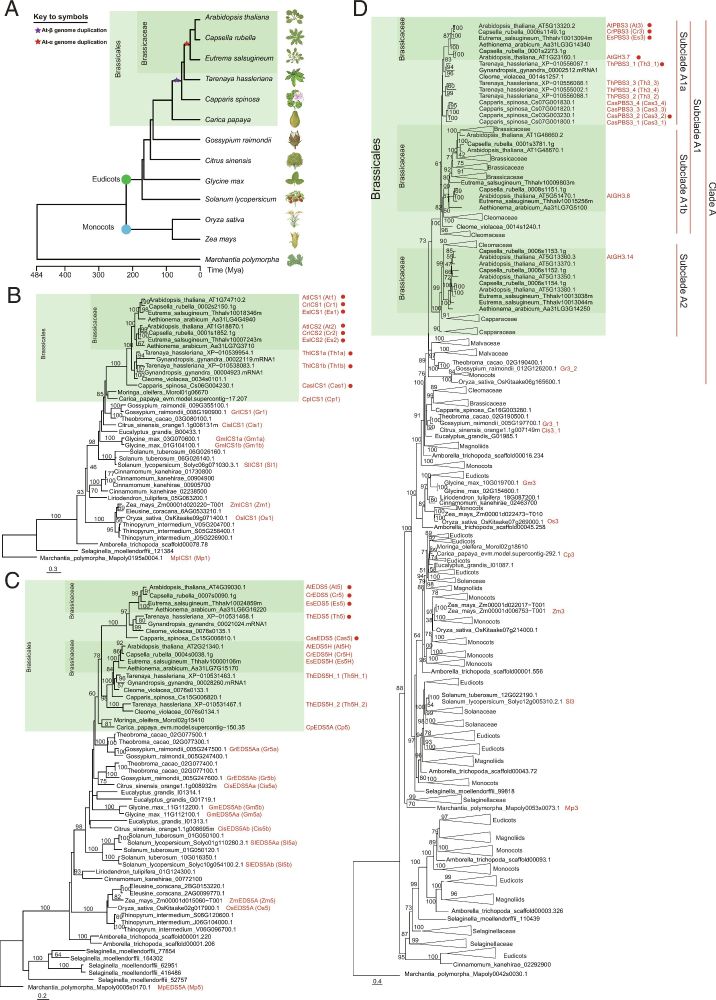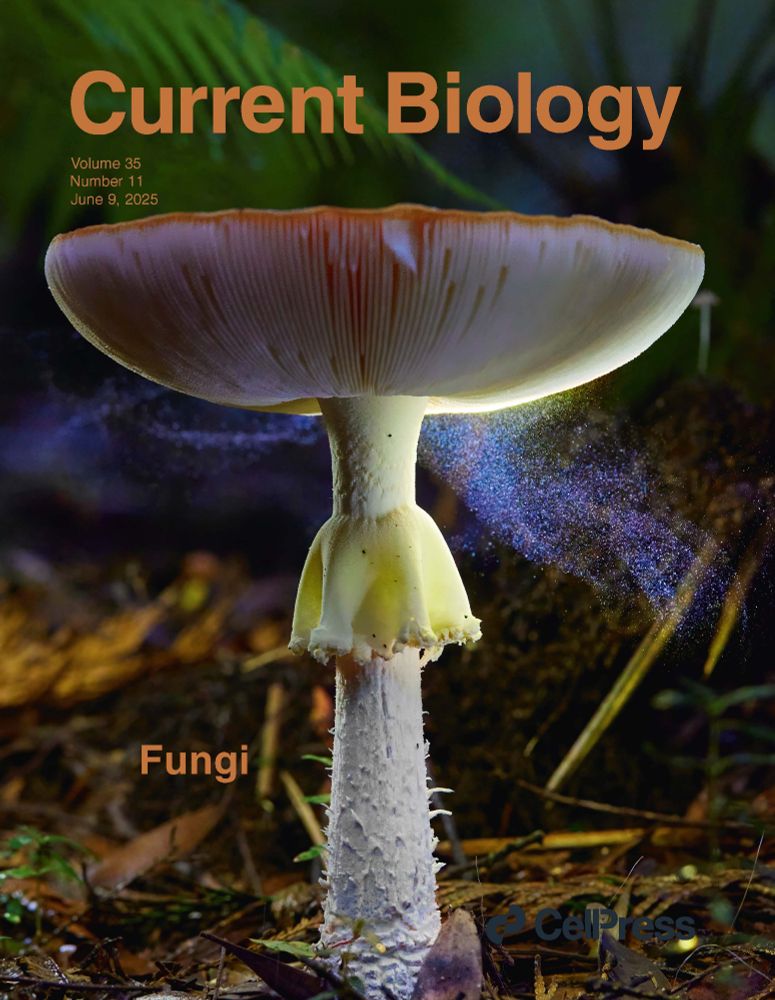

biodtp.norwichresearchpark.ac.uk/projects/van...

biodtp.norwichresearchpark.ac.uk/projects/van...

www.jstage.jst.go.jp/browse/plant...

www.jstage.jst.go.jp/browse/plant...
We analyzed fungus–fungus competition that suppresses pathogenic colonization in Arabidopsis roots.Special thanks to Duke, Hiroyuki, Yuki, Nanami, and everyone who contributed!
t.co/obQyD1rzI1
We analyzed fungus–fungus competition that suppresses pathogenic colonization in Arabidopsis roots.Special thanks to Duke, Hiroyuki, Yuki, Nanami, and everyone who contributed!
t.co/obQyD1rzI1
Plant-microbe relationship (mutualistic, commensalistic, parasitic) is not fixed, but rather dynamic, depending on the specific context.
We summarize the current knowledge on this.
Hope you enjoy~
www.jstage.jst.go.jp/article/plan...

Plant-microbe relationship (mutualistic, commensalistic, parasitic) is not fixed, but rather dynamic, depending on the specific context.
We summarize the current knowledge on this.
Hope you enjoy~
www.jstage.jst.go.jp/article/plan...

www.biorxiv.org/content/10.1...

www.biorxiv.org/content/10.1...
Congratulations Erika, Yasu, Ken, and all others involved!
@yasukadota.bsky.social @shirasulab.bsky.social
www.science.org/doi/10.1126/...
Congratulations Erika, Yasu, Ken, and all others involved!
@yasukadota.bsky.social @shirasulab.bsky.social
www.science.org/doi/10.1126/...
Isochorismate-based salicylic acid biosynthesis appears to have emerged in the Brassicales after the divergence of C. papaya, likely within the timeframe between the divergence of B. maritima and R. odorata.
www.pnas.org/doi/10.1073/...

Isochorismate-based salicylic acid biosynthesis appears to have emerged in the Brassicales after the divergence of C. papaya, likely within the timeframe between the divergence of B. maritima and R. odorata.
www.pnas.org/doi/10.1073/...

I enjoyed writing this piece with Tan Hao for the Current Biology special issue on Fungi
www.sciencedirect.com/science/arti...

I enjoyed writing this piece with Tan Hao for the Current Biology special issue on Fungi
www.sciencedirect.com/science/arti...

@cambridgebiosci.bsky.social
@paszkowskilab.bsky.social

@cambridgebiosci.bsky.social
@paszkowskilab.bsky.social
#PlantaePSRW

#PlantaePSRW
Pseudomonas virulence factor SaxA detoxifies plant glucosinolate hydrolysis products, rescuing a commensal that suppresses virulence gene expression
doi.org/10.1101/2025...
Driven by Kerstin Unger, we find that a "virulence factor" has cool roles in microbe-microbe interactions

Pseudomonas virulence factor SaxA detoxifies plant glucosinolate hydrolysis products, rescuing a commensal that suppresses virulence gene expression
doi.org/10.1101/2025...
Driven by Kerstin Unger, we find that a "virulence factor" has cool roles in microbe-microbe interactions
1. Many bacteria can realistically transition from soil to mature leaves.
2. Early stages post-germination shape colonization processes and diversity.
3. P-M-M interactions affect mostly deterministic colonzers.
Enjoy!

1. Many bacteria can realistically transition from soil to mature leaves.
2. Early stages post-germination shape colonization processes and diversity.
3. P-M-M interactions affect mostly deterministic colonzers.
Enjoy!


